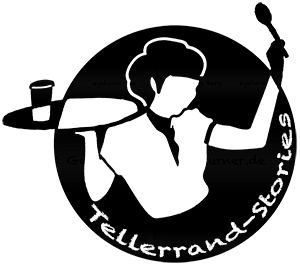Some personalities in history are always encountered when traveling. That’s what happened to me first with the apostle Paul. I met him on Malta and Cyprus, in Ephesus and Rome. Later, I had a similar experience with Thomas Mann – long before the anniversary year 2024, which celebrated 100 years of Zauberberg, and his 150th birthday in June 2025. I came across him in Worpswede and on Usedom, in Munich, Stockholm, Sils Maria and Chicago. The Nobel Prize winner and one of the greatest writers of the 20th century had such a strong influence during his lifetime that wherever he went – whether on a vacation, a flying visit, a sick visit, a writing residency or in exile – his traces were collected, researched and preserved.
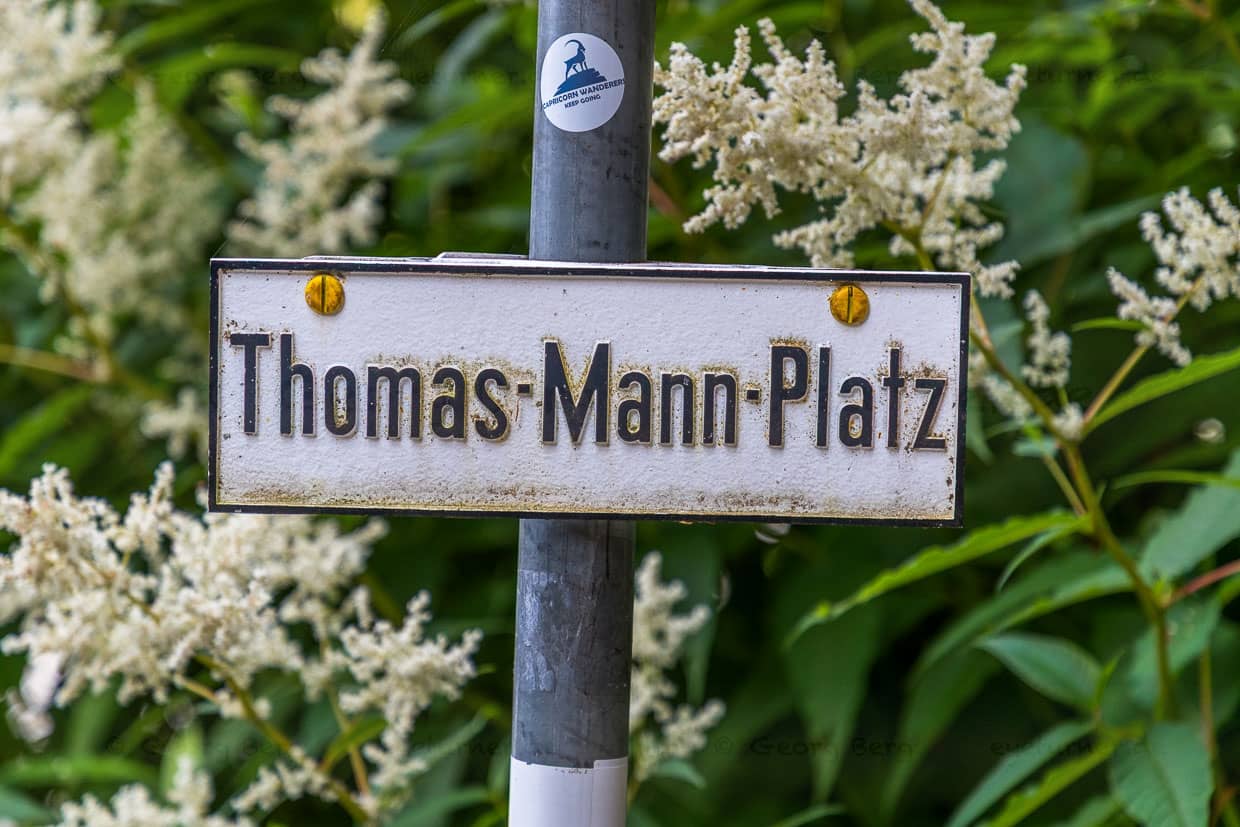
Thomas Mann Daily – a fresh look at high culture
When, if not in the 150th anniversary year of the chronicler of his time, the cosmopolitan and defender of democracy, is there an opportunity to expand the image of the supposedly unapproachable intellectual? Away with the memories of unpopular school readings and convoluted sentences – towards the surprising facets of the world literary figure! The first port of call for this is the central platform Mann 2025. The website brings together worldwide celebrations and critical reflections on Thomas Mann’s literary and political legacy. In the process, you come across discoveries such as Felix Lindner’s book Mit Thomas Mann durch das Jahr. It paints a surprisingly approachable and often amusing portrait of the Nobel Prize winner. While Thomas Mann is considered the epitome of writerly discipline, his diaries tell a different story – one of morning sluggishness, stomach problems and the daily struggle with his self-imposed writing quotas. If even this book with 365 diary quotes seems too extensive, we recommend Mirko Lux’s interview with Felix Lindner Nicht cough vor dem Zauberberg – wie ein Twitteraccount Thomas Mann neu entdeckt.
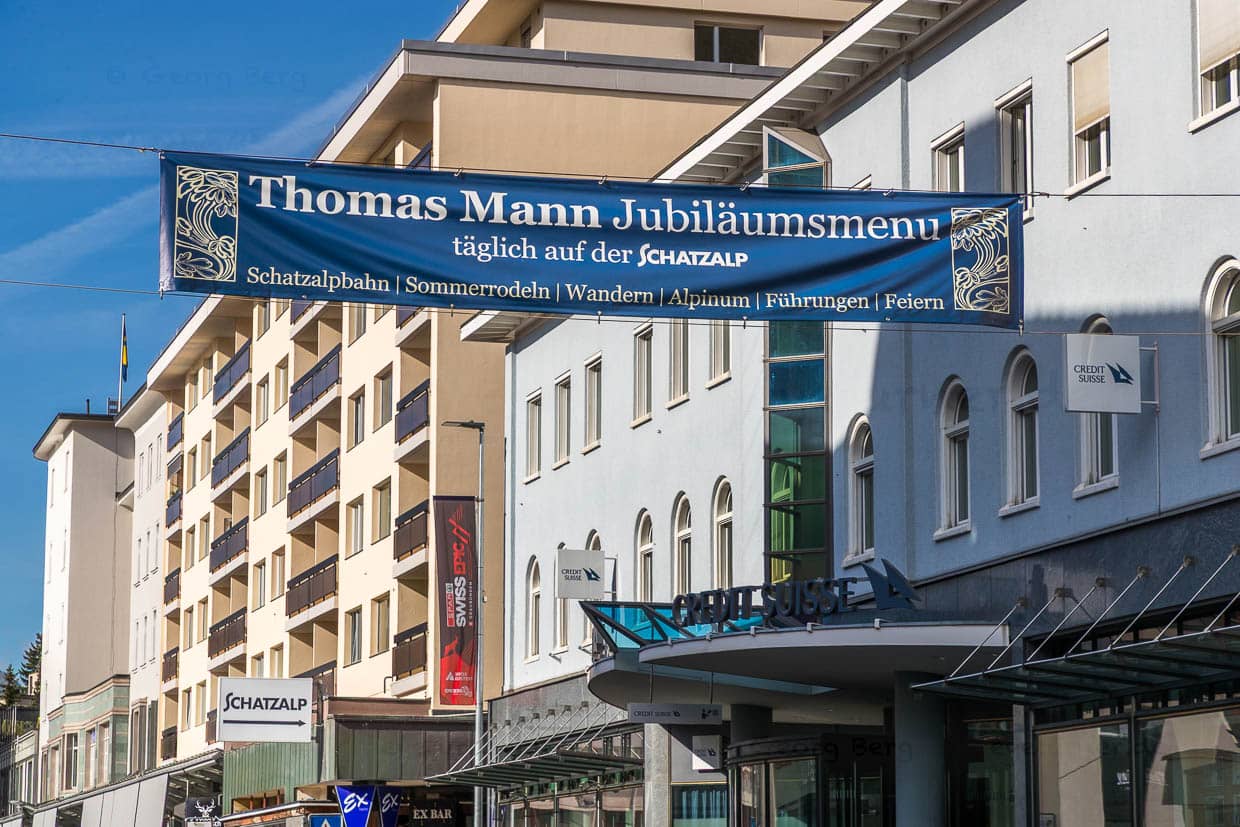
Qualious work at the desk – fried kipper for lunch
This quote from Thomas Mann’s diaries does not refer to his work on the novel Zauberberg, but it is clear from his notes that he found writing it tedious and difficult. Thomas Mann worked on it for around twelve years. He began in 1912 after being inspired by his impressions of the Davos sanatorium, which he came across when visiting his wife Katia in the same year. He originally intended to write a novella, but the project grew into an extensive novel about which he himself said: “In short, I realized early on that the Davos story had it all and thought about itself quite differently than I did.” Mann took a break between 1915 and 1920 because of the First World War. He only resumed work in 1920 and completed the work in 1924. Today, the Thomas Mann Path, the Thomas Mann Square above the former Schatzalp Sanatorium and the dining room and the preserved sickroom in the former forest sanatorium, where Katia Mann was treated for a lung catarrh, commemorate the Nobel Prize winner and his sources of inspiration.
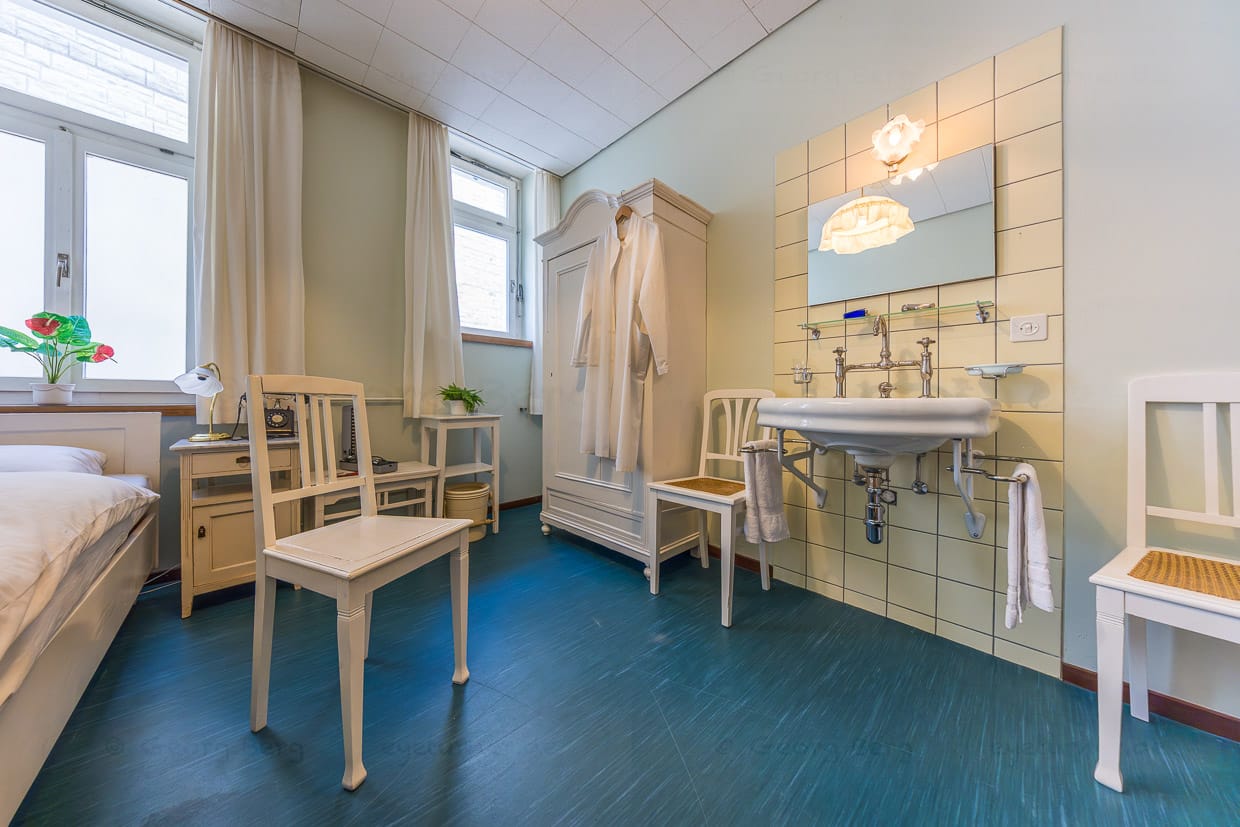
Being Thomas Mann
In 1912, Thomas Mann travels to Davos for three weeks. His wife Katia receives treatment at the Waldsanatorium, which is located below the large luxury sanatorium Schatzalp. Thomas Mann himself moves into the Haus am Stein, which no longer exists today. In a foreword to The Magic Mountain for students at Princeton University, he writes:
… but in May and June of that year I visited my wife up there for a few weeks, and if you read the chapter at the beginning of “The Magic Mountain” entitled “Arrival”, where the guest Hans Castorp dines with his sick cousin Ziemßen in the restaurant of the sanatorium and receives not only the first samples of the excellent Berghof cuisine, but also of the atmosphere of the place and the life “up here with us”, – if you read this chapter you will have a fairly accurate description of our reunion in this sphere and my own whimsical impressions of that time.

In the same hall, the Waldhotel Davos is organizing several events in the Thomas Mann anniversary year under the title “Being Thomas Mann”. A four-course menu combines literature with virtual reality. Actors slip into roles from the novel, and Thomas Mann himself appears at the tables via virtual reality to talk about his time in this remote place.
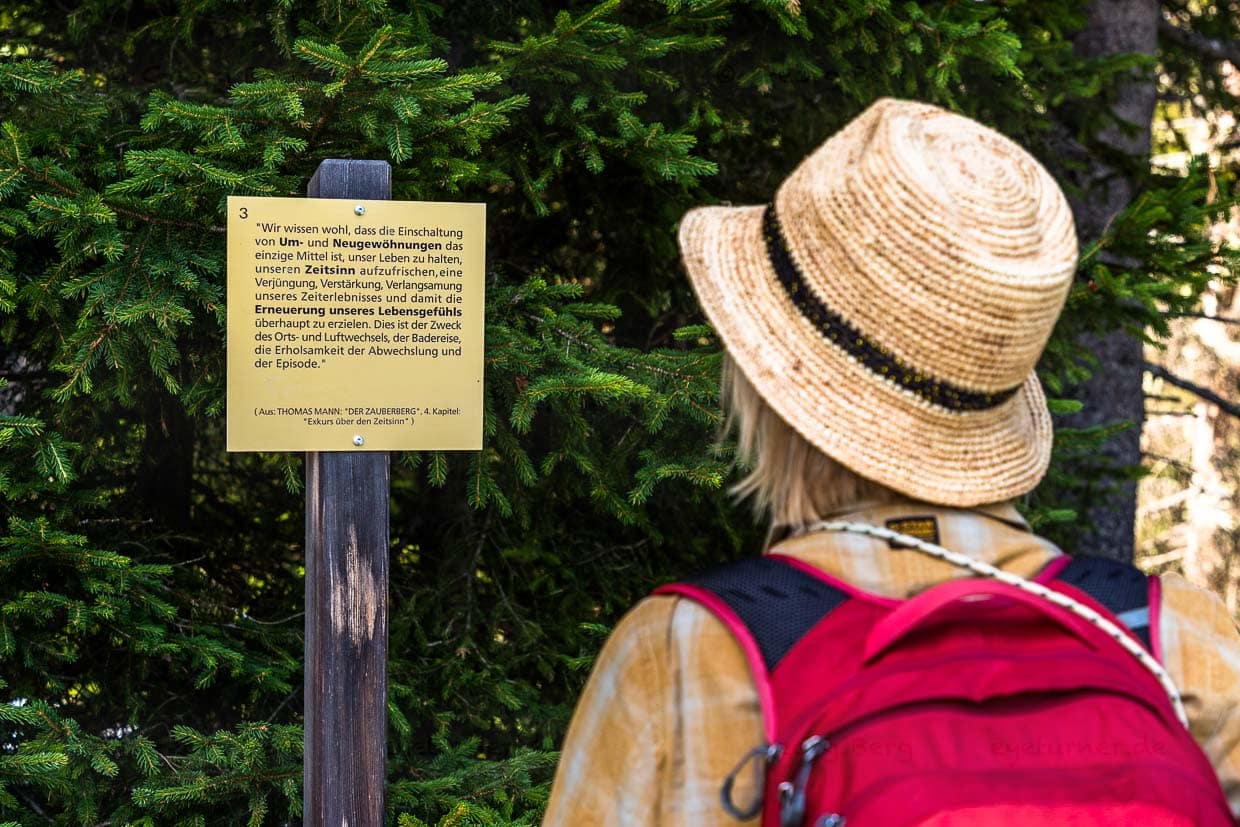
On to the Schatzalp!
If you want to get closer to the novel, you should explore the Thomas Mann Trail – a hiking trail that the writer once used for physical exercise. The three-kilometre trail starts at the former forest sanatorium at 1,620 meters and leads up to the Schatzalp at 1,880 meters. Ten plaques along the way quote passages from The Magic Mountain. For those in a hurry, the historic funicular railroad takes you directly from Davos Platz to the Schatzalp. In the anniversary year, the Panorama Restaurant is serving a Thomas Mann menu and has a selfie wall showing the writer on site.

Up here with us: Davos and the magic mountain
Few places keep the memory of Thomas Mann’s century as alive as the Schatzalp in Davos. The luxury sanatorium, opened in 1900, was considered the epitome of modernism at the time. Art Nouveau meets reinforced concrete, the flat roof was revolutionary, electricity was a matter of course and large elevators even transported the deceased from the tuberculosis ward.
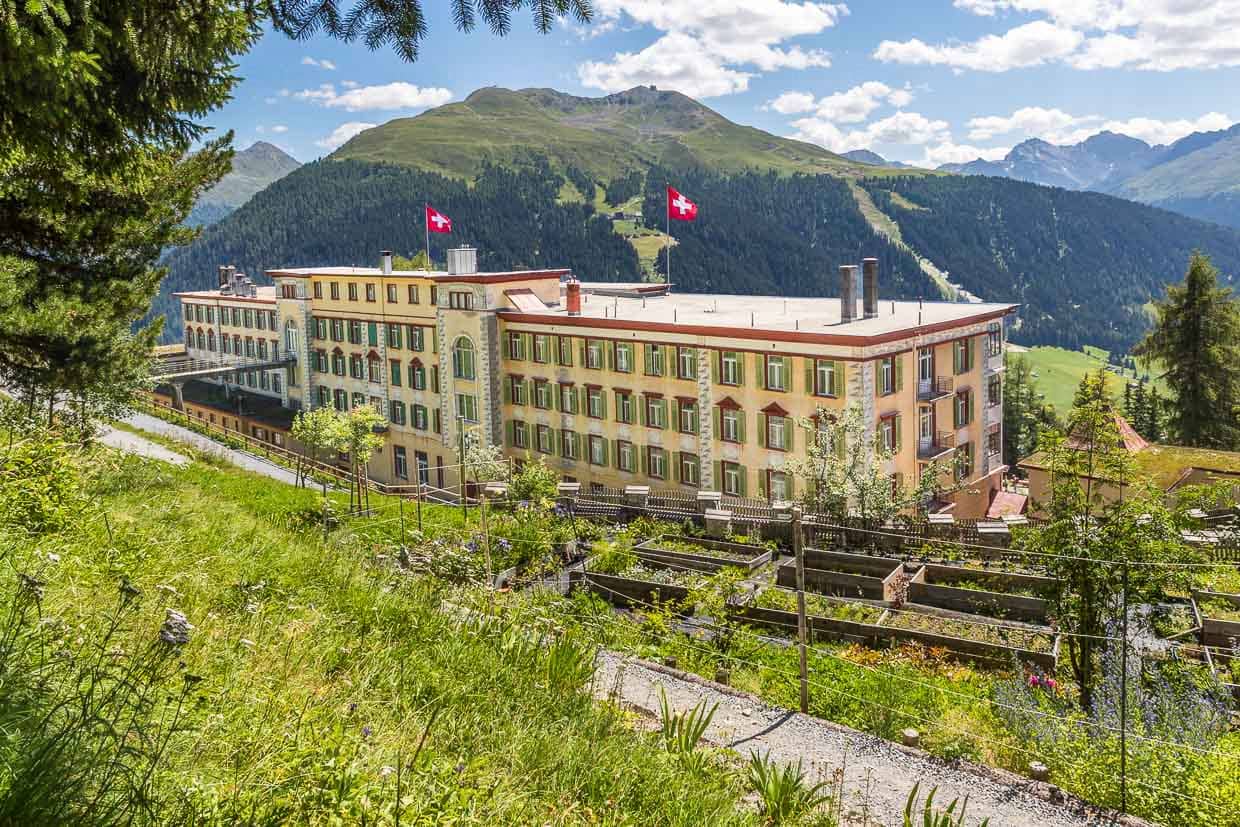
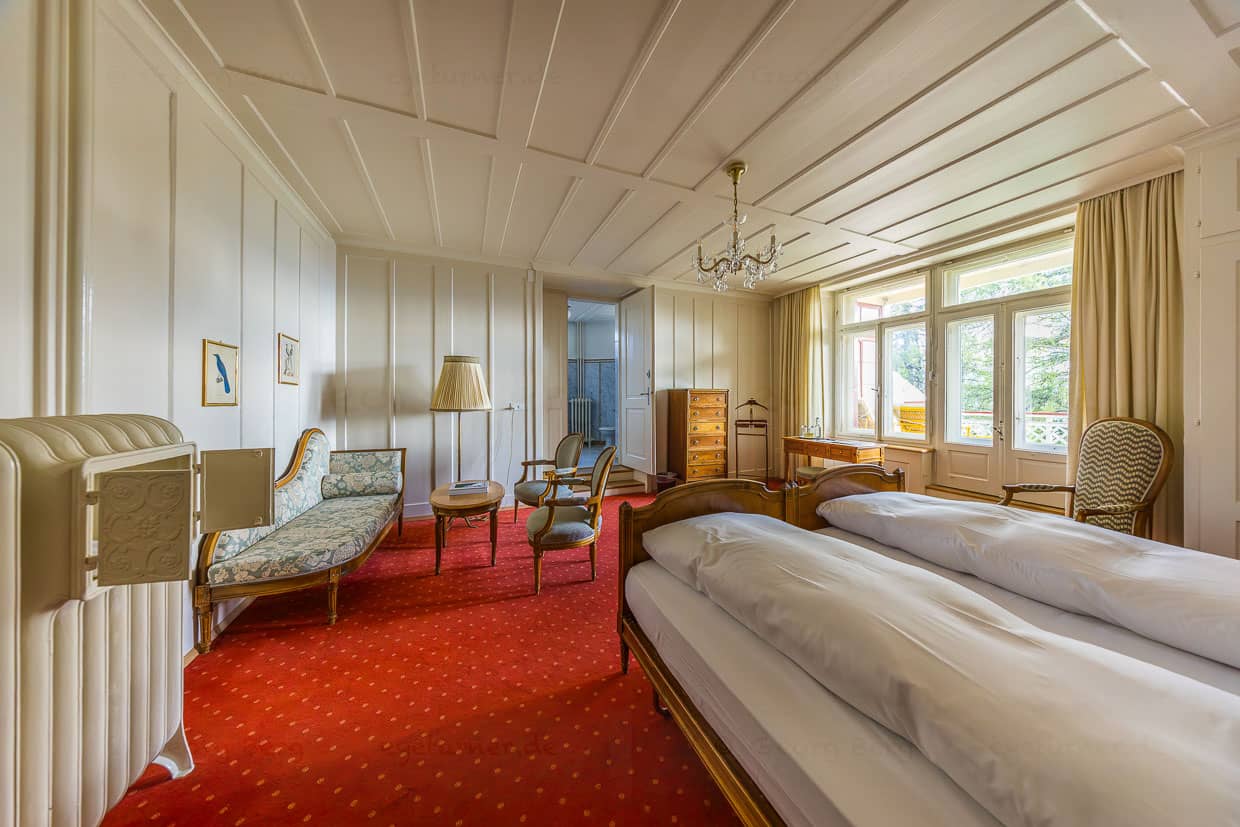
The enchanted parallel universe from The Magic Mountain can still be imagined – on a guided tour of the Schatzalp. Thomas Mann was also here. He liked to hike up the path that is now named after him. Perhaps he drank a coffee in the large, marble-clad dining room or watched the patients soaking up the sun on their loungers. Then he moved on, up to today’s Thomas-Mann-Platz, glad of his own health, which allowed him to take long walks.

Between lying cure and dining room
Between 1870 and 1950, the recumbent cure was considered the centerpiece of tuberculosis treatment in sanatoriums such as the Schatzalp. In any weather, at any time of year and usually outdoors, patients were expected to lie quietly for hours on end. It was believed that the fresh, cool mountain air strengthened the self-healing powers and had a positive effect on the course of the disease.
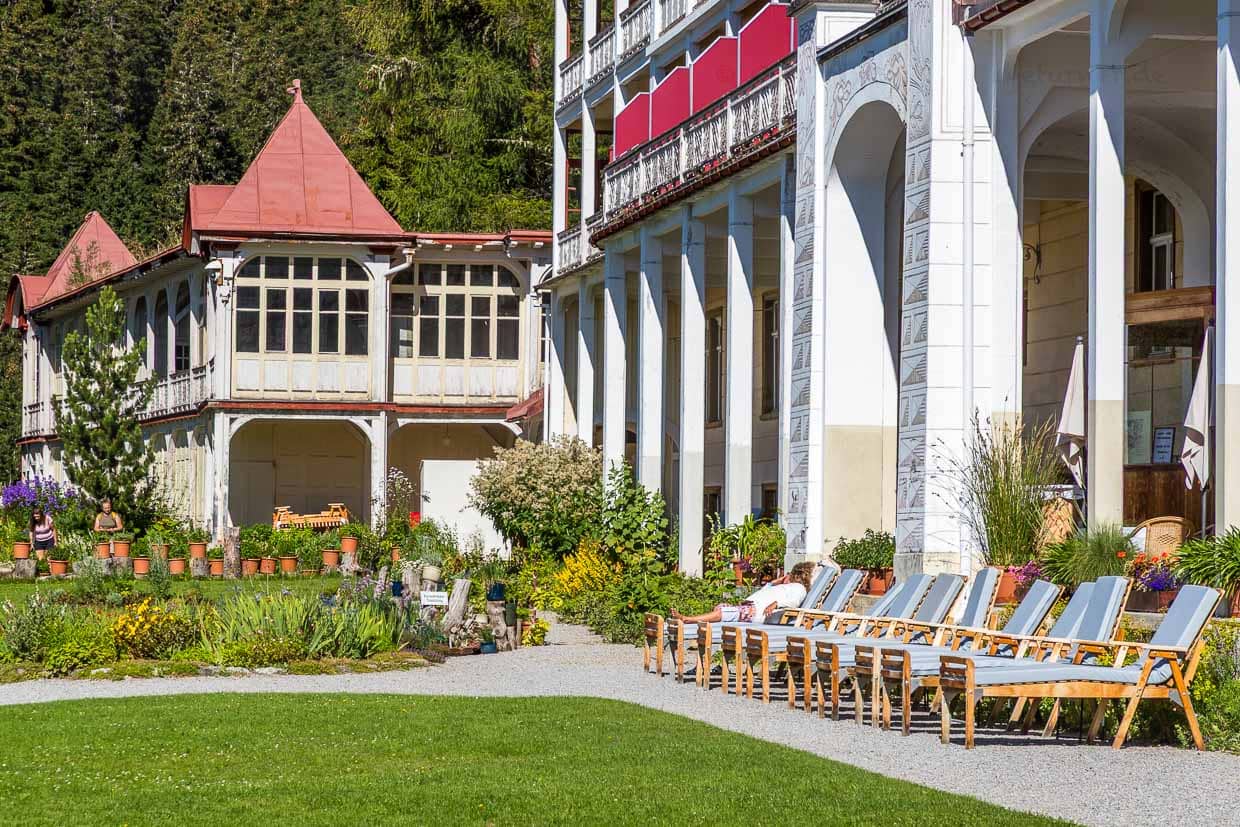
The patients spent six to ten hours a day on “Davos deckchairs” – on balconies, terraces or in open loungers. During this time, absolute silence prevailed; conversation and any activity were forbidden in order to completely relax body and soul. In addition to the lying cure, patients were given a rich diet with up to seven meals a day. Those who felt better were allowed to go for walks, known as terrain cures.

The time in the Magic Mountain
Thomas Mann makes time the central theme of his novel The Magic Mountain. For him, it is a novel about time in two senses: it reflects the European pre-war period and at the same time sheds light on time itself – its nature, its perception, its passing. The main character, Hans Castorp, experiences how the sense of time is changing: The days become the same, periods of time stretch or compress subjectively, and past, present and future blur into an expansive present – a standing now in which the experience of time seems almost suspended. This experience of timelessness is interpreted as a parable for social and spiritual stagnation, according to Paulina Jeutter in her student research paper Temporality in Thomas Mann’s The Magic Mountain.

The clocks in the corridors of the Schatzalp tell a different story. They stand for the strictly timed everyday life of the patients with fixed bed and meal times. It is said that they were always a few minutes ahead so that the patients arrived on time for medical appointments, meals or the funicular departure.

Every Friday from June to October, Davos invites you to a special cultural event: In the footsteps of Thomas Mann. The Schatzalpbahn takes you up to the former sanatorium. From there, the Thomas Mann Trail, lined with text panels, leads down to the Waldhotel, the former forest sanatorium. Over coffee and cake, you can learn more about the creation of the novel and the places that inspired Thomas Mann.
The research trip was supported by Switzerland Tourism
